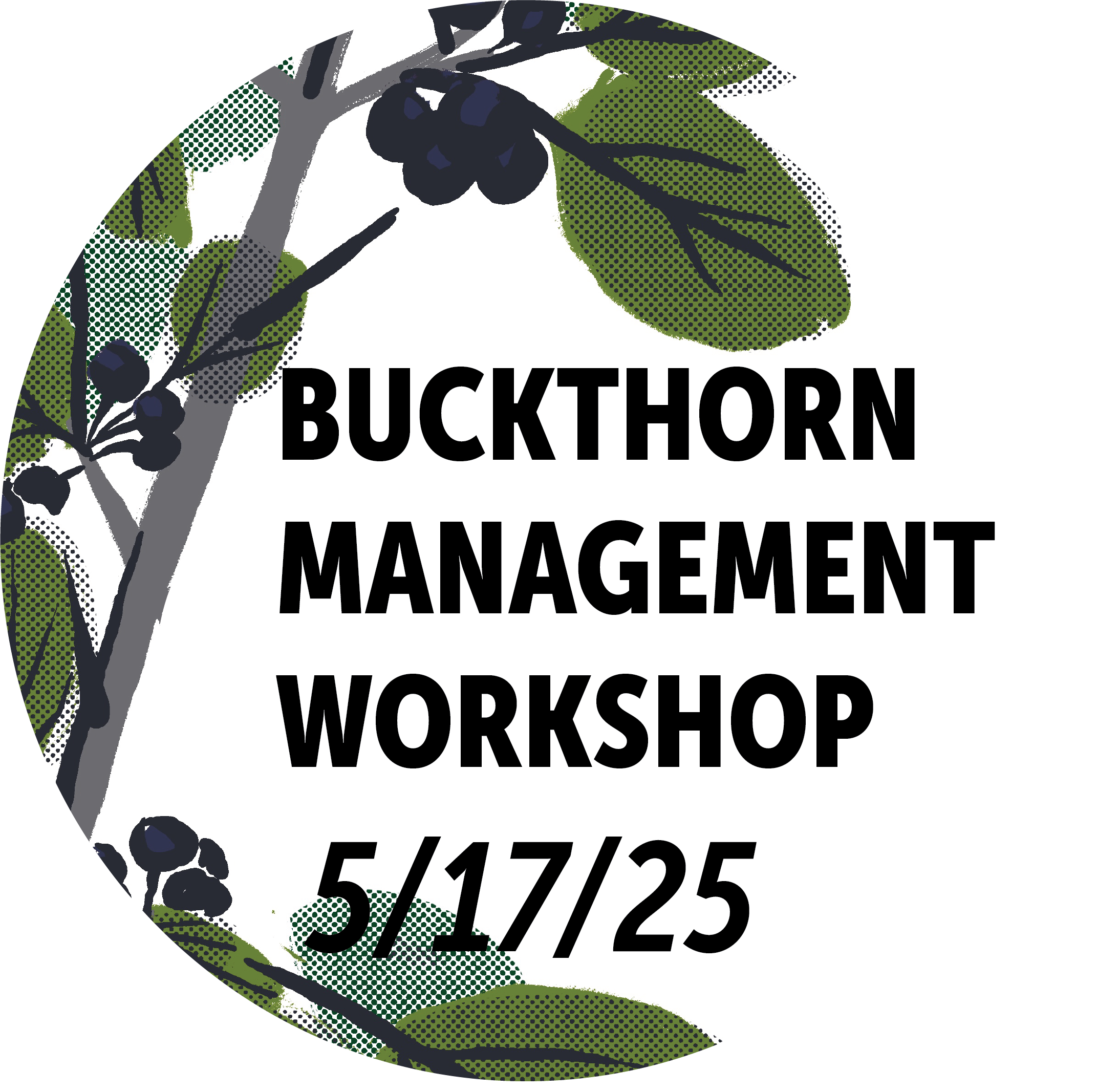Add Natives
Just as not all non-native plants are invasive, not all native plants are GOOD for the home landscape. Some will spread aggressively and should be paired with other aggressive plants that can hold their own in the mix… but they still won’t do well in a small space. It pays to take some time selecting plants that suit your site's conditions (such as light and moisture) and suit your goals before you get started.
Here are a few examples of goals that homeowners might have:
- Restoring screening after removing buckthorn or honeysuckle
- Providing berry-producing shrubs for birds
- Providing flowers that attract hummingbirds
- Supporting native bees
- Supporting butterflies
- Reducing watering by replacing unused portions of lawn with drought-tolerant vegetation (xeriscaping)
Click on the goals to take a look at plants that can help support them.
Grants
If you have a project in mind but need help with funding, there are a few places where you can apply for grants.
- Lawns to Legumes (managed by Minnesota Water and Soil Resource)
- Rice Creek Watershed District
Plant Sources
There are a lot of native plant nurseries in central Minnesota and western Wisconsin. You can find lists HERE or HERE. And the Wild Ones Prairie Edge chapter created this brochure in 2020. Many of the growers participate in various local spring plant sales.
Blue Thumb has produced a good list of plant sales from May 10-June 1, but there’s one that I see they missed: Wild Ones Big River Big Woods Order Deadline: May 15, 2024 Pickup: June 8&9 in Arden Hills
If you have a site prepared and know which plants you want to add, I recommend that you research the plant sales and find out which suppliers are likely to have the plants you want before you go.
Other Resources
One organization that is dedicated to native plants is Wild Ones. There are several chapters in MN including Big River Big Woods (which meets in Roseville) and Twin Cities (which meets in Richfield). Their meetings and publications can be a good way to learn more.
